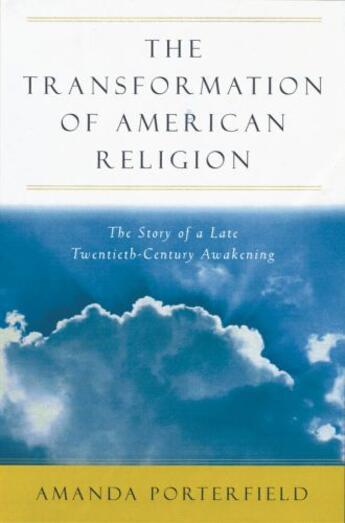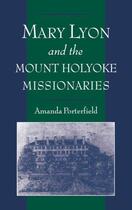-
Nombre de pages : (-)
-
Collection :
(-)
-
Genre :
(-)
-
Thème :
Non attribué
-
Prix littéraire(s) :
(-)
Résumé:
As recently as a few decades ago, most people would have described America as a predominantly Protestant nation. Today, we are home to a colorful mix of religious faiths and practices, from a resurgent Catholic Church and a rapidly growing Islam to all forms of Buddhism and many other... Voir plus
As recently as a few decades ago, most people would have described America as a predominantly Protestant nation. Today, we are home to a colorful mix of religious faiths and practices, from a resurgent Catholic Church and a rapidly growing Islam to all forms of Buddhism and many other non-Christian religions. How did this startling transformation take place?
A great many factors contributed to this transformation, writes Amanda Porterfield in this engaging look at religion in contemporary America. Religious activism, disillusionment with American culture stemming from the Vietnam war, the influx of Buddhist ideas, a heightened consciousness of gender, and the vastly broadened awareness of non-Christian religions arising from the growth of religious studies programs--all have served to undermine Protestant hegemony in the United States. But the single most important factor, says Porterfield, was the very success of Protestant ways of thinking: emphasis on the individual's relationship with God, tension between spiritual life and religious institutions, egalitarian ideas about spiritual life, and belief in the practical benefits of spirituality. Distrust of religious institutions, for instance, helped fuel a religious counterculture--the tendency to define spiritual truth against the dangers or inadequacies of the surrounding culture--and Protestantism's pragmatic view of spirituality played into the tendency to see the main function of religion as therapeutic.
For anyone interested in how and why the American religious landscape has been so dramatically altered in the last forty years, The Transformation of Religion in America offers a coherent and persuasive analysis.
Donner votre avis









